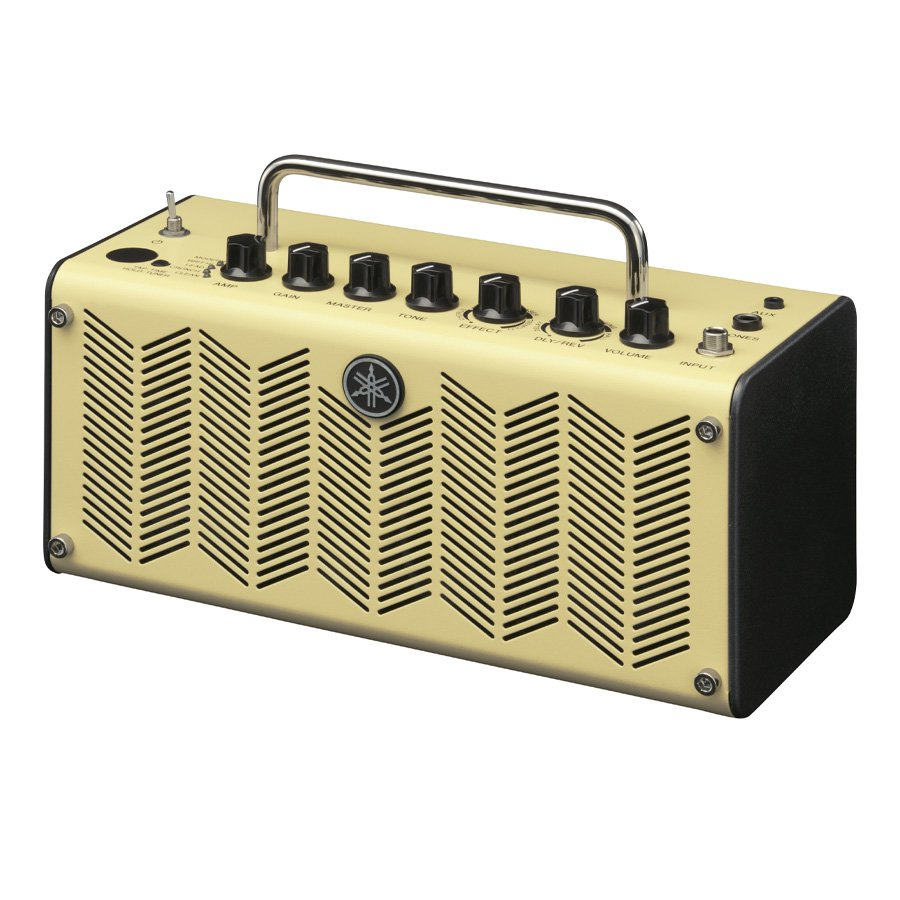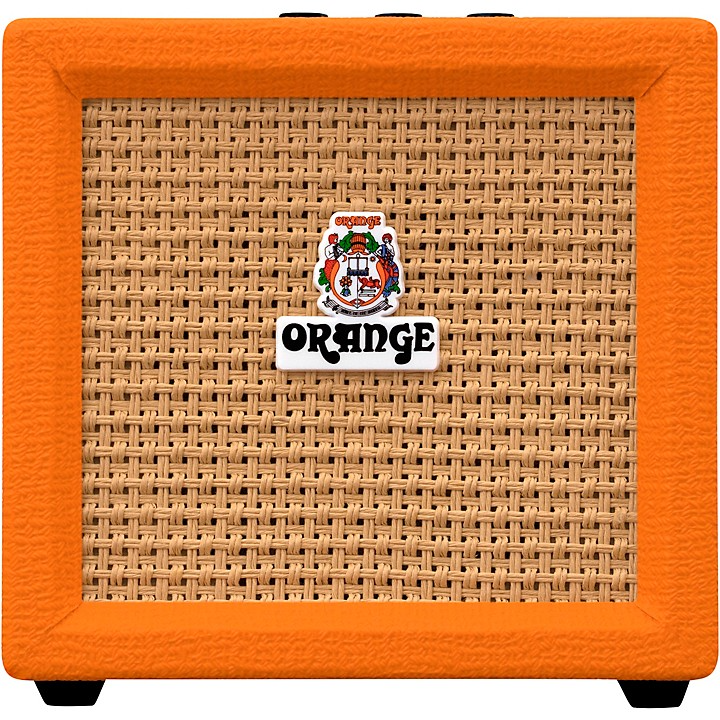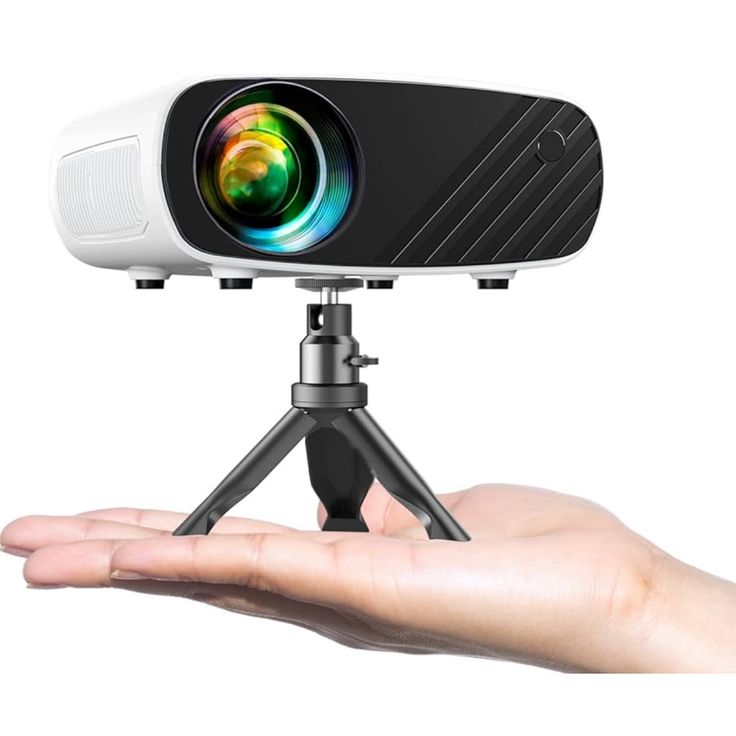Guitar amplifiers are essential tools for guitarists. They enhance the sound of electric guitars and allow musicians to project their music. In this guide, we’ll explore guitar amplifiers in detail. We will cover their types, components, and how to choose the right one for your needs.

Understanding Guitar Amplifiers
A guitar amplifier boosts the electrical signal from a guitar. The result is a louder and clearer sound. Amplifiers come in various types. Each type serves different purposes and sounds unique. Guitarists must understand these differences to choose the right amplifier.
Guitar amplifiers consist of three main sections: the preamp, the power amp, and the speaker. The preamp receives the guitar’s signal. It shapes the tone and adds effects. Next, the power amp amplifies this signal to drive the speaker. Finally, the speaker converts the electrical signal into sound waves.
Amplifiers vary in size and power. Some are small and portable. Others are large and suited for stage performances. Guitarists should consider the setting where they’ll use the amplifier. Will it be for practice at home or a full band performance? Size and power are critical factors to consider.
Types of Guitar Amplifiers
Guitar amplifiers fall into two main categories: tube amplifiers and solid-state amplifiers. Each type has its benefits and drawbacks. Tube amplifiers use vacuum tubes to amplify sound. They are known for their warm tone and dynamic response. Many musicians prefer tube amps for their unique sound character.
On the other hand, solid-state amplifiers use transistors. They tend to be more reliable and require less maintenance than tube amps. They can also produce clear sounds at high volumes without distortion. Solid-state amps are popular among beginners and professional guitarists alike.
Hybrid amplifiers combine both tube and solid-state technologies. These offer the best of both worlds. They often feature tube-based preamps for warmth and solid-state power amps for reliability. Many modern amplifiers also come with built-in effects, such as reverb and delay. These features add versatility and creativity to a guitarist’s sound.
Choosing the Right Amplifier
When selecting an amplifier, consider your needs and style. Think about whether you prefer clean tones or distorted sounds. Many guitarists use distortion for rock and blues music. Others prefer clean sounds for jazz or classical music. Understanding your style will guide your choice.
Another factor to consider is the power rating of the amplifier. Power is measured in watts. Lower-wattage amps are suitable for home practice. They typically range from 5 to 20 watts. Higher-wattage amps are necessary for performing live. They can range from 50 to over 100 watts.
Portability is another important aspect. If you plan to transport your amplifier frequently, consider its weight and size. Smaller combo amps make transport easy, while larger heads and cabinets offer more sound options. Your choice should match your needs as a musician.
The Importance of Speakers
Speakers are crucial to the overall sound produced by the amplifier. Different speakers can drastically alter the tone of the overall sound. Most amplifiers come with built-in speakers. However, some guitarists prefer to mix and match amplifiers with separate speaker cabinets.
When choosing speakers, pay attention to their size and type. Common sizes include 10” and 12” speakers. Larger speakers often deliver lower frequencies, while smaller ones excel in higher frequencies. Many guitar players experiment with speaker configurations to find their ideal sound.
Quality matters. Cheaper speakers might sound good at first but could fail over time. If you want a long-lasting sound, invest in quality speakers. Research different brands and models to find what suits your style.
Amplifier Features to Consider
Today’s guitar amplifiers come with various features. These can enhance your playing experience. Understanding these features can help you make an informed decision.
- Built-in Effects: Many amplifiers now have built-in effects. These include reverb, delay, and overdrive. Built-in effects can save you money on pedals. They also make setting up easier, especially for beginners.
- Bluetooth and Connectivity Options: Some modern amplifiers offer Bluetooth connectivity. This feature allows you to stream music from your phone or computer. It can be a fun way to play along with your favorite songs.
- Multiple Channels: Many amplifiers have multiple channels. This allows for different sound settings. For example, you can create a clean channel for jazz and a distorted channel for rock. Switching between them can enhance your versatility.
- Equalizer Controls: Some amplifiers have built-in equalizers. These controls let you adjust the bass, midrange, and treble frequencies. Fine-tuning your sound can make a big difference during practice or performances.
Maintenance and Care
Caring for your amplifier is essential for longevity. Regular maintenance can prevent issues down the line. First, ensure that the amplifier is kept in a dry place. Moisture can damage the internal components. Avoid exposing it to extreme temperatures as well.
Cleaning your amplifier is also crucial. Dust and dirt can accumulate over time. Use a soft cloth to wipe the exterior. For the interior, consider hiring a professional if you feel uncomfortable doing it yourself. It’s essential to open the amp carefully, as components can be sensitive.
Additionally, always check the tubes in your tube amplifiers. Tubes can wear out over time and may need replacement. Replace them based on the manufacturer’s recommendations. Regular checks can prevent sound quality loss and ensure optimal performance.
DIY Modifications
For some guitarists, modifying their amplifiers is a fun way to customize their sound. DIY modifications can enhance sound quality and functionality. However, this should be done with caution. An improper mod can damage your amplifier.
Start by researching standard modification techniques. Many forums and video tutorials offer guidance. You can change components like speakers, tubes, or even the circuitry inside the amp. Each change can create a unique sound.
Before making modifications, consider your skill level. If you’re not comfortable, consult a professional. They can help you with the modification process. It’s often worth the investment to ensure you don’t compromise your amplifier’s integrity.
Buying Used Amplifiers
Buying a used amplifier can be a great way to save money. However, this comes with risks. Carefully inspect any used gear before purchasing. Check for physical damage and signs of wear. Ensure that all features function properly.
Ask the seller about the amplifier’s history. How often was it used? Has it undergone any repairs? Knowing this information can give you insight into its condition. If possible, test the amp before buying. Plug in your guitar and listen to the sound quality.
Look for reputable sellers. Many online marketplaces have user reviews and ratings. Stick with trusted platforms to reduce the chances of scams or purchasing faulty products. Taking your time during this process can lead to a great deal.
The Future of Guitar Amplifiers
As technology evolves, so do guitar amplifiers. Digital amplifiers are starting to gain popularity. These offer a range of modeling sounds, mimicking various types of amps. They can reproduce classic sounds without heavy hardware.
Furthermore, advancements in software have led to unique amp simulators. These digital tools can replicate diverse sounds. Many studios use these tools for recording. They offer flexibility and convenience that traditional amplifiers cannot always match.
Despite these advancements, many musicians still prefer traditional amplifiers. The warmth of tube amps and the character of solid-state amps remain beloved. Nothing can replace the feel of a live performance and the sound a traditional amp produces.
In conclusion, guitar amplifiers are more than just tools; they are vital to a guitarist’s expression. Understanding their types, features, and maintenance can transform your music. Whether you choose a tube amp or a digital model, ensure it aligns with your style and needs. The right amplifier can unlock new potential in your playing.




